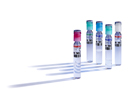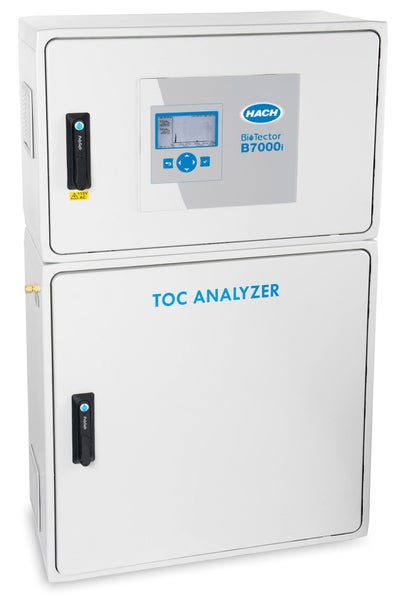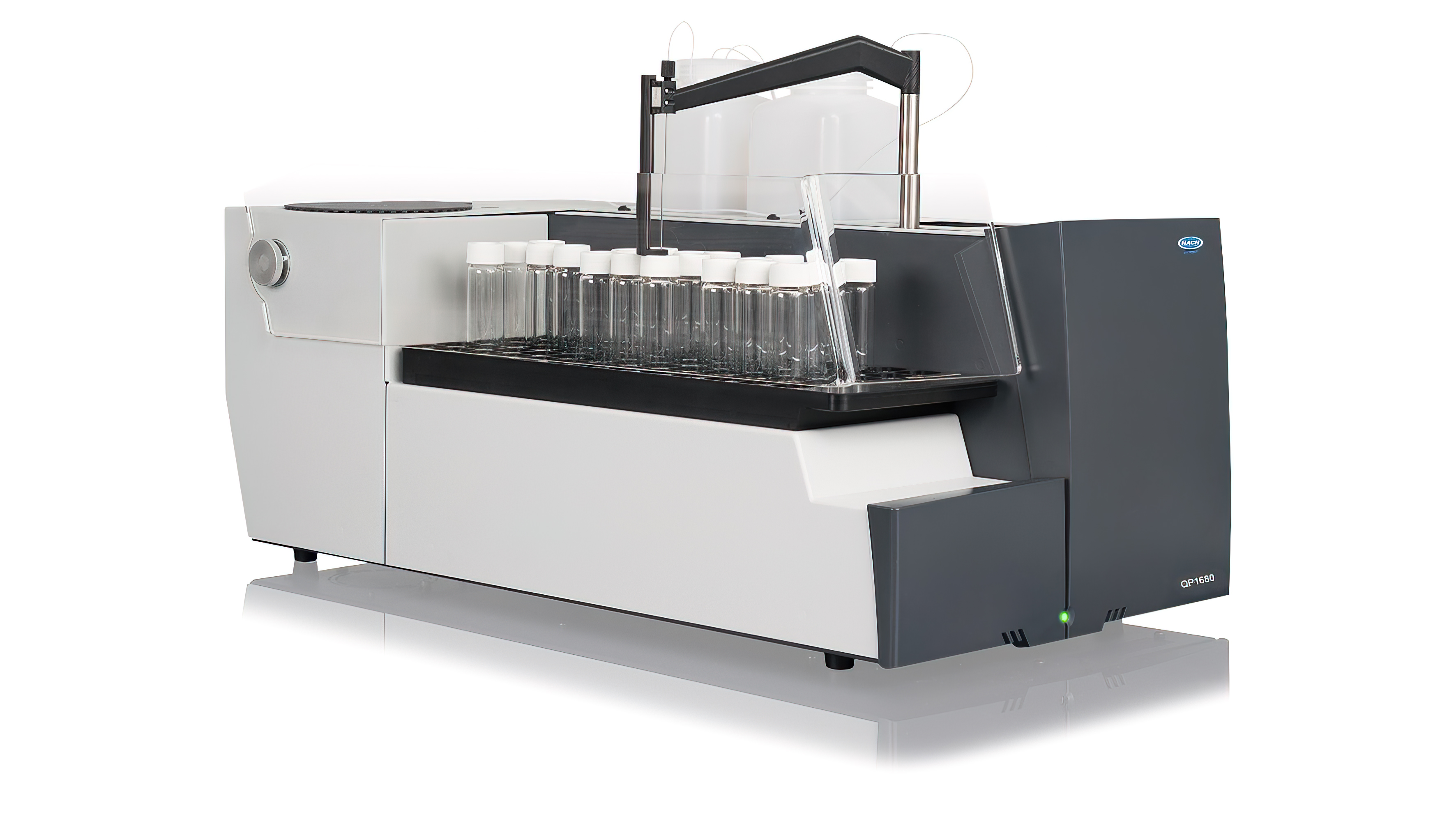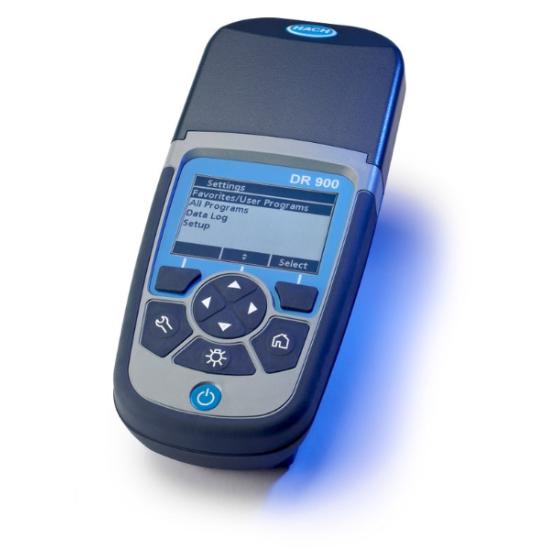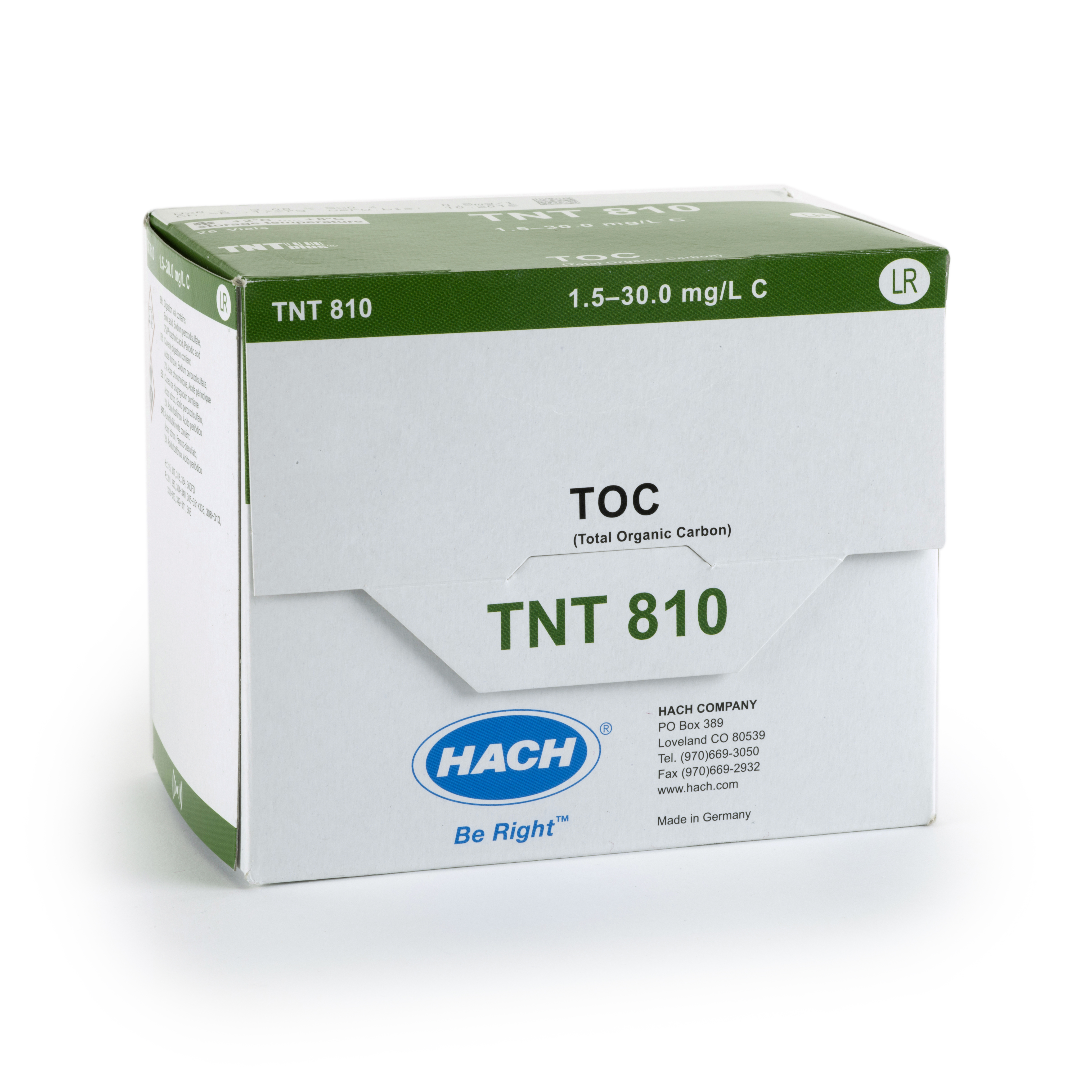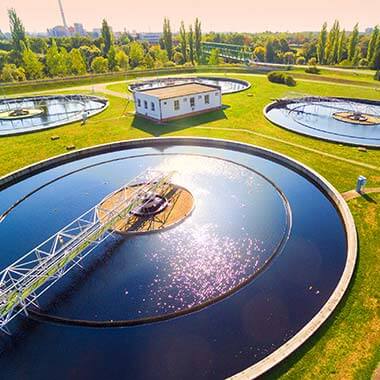Yes, TNT810 method 10267 is registered in the USEPA Federal Register Volume 81, Number 138 EPA Method 10267.
Managing natural organic matter (NOM) is important to produce safe drinking water. NOM, measured as TOC can react with chlorine to form DBP. The NOM, which is the precursor of DBP formation, can be measured by TOC analysis. The Hach BioTector ® B3500dw Online TOC Analyzer , which is developed specifically for the drinking water industry, optimizes the monitoring and the removal of organics based on real time TOC measurements. BioTector utilizes an advanced oxidation technology, which is a US EPA approved method, and supplies accurate and reliable detection of organics, assisting and ensuring optimal water treatment process.
Biochemical oxygen demand (BOD) can be estimated from chemical oxygen demand (COD) measurements, if a correlation is established. This requires historical data of BOD and COD measurements taken over a period of time. Typically, the average BOD result is divided by the average COD result to find a "conversion factor" between the two parameters. One would then multiply their COD results by this factor to estimate BOD.
COD values are almost always higher than BOD values for the same sample. As a result, the multiplication factor will usually be less than one.
Once established, the correlation will only apply to the sample used to create it (one couldn't use the correlation with samples taken from other water sources). If the sample composition changes significantly (due to temperature or seasonal variations), a new correlation may need to be established. TOC measurements can also be used to estimate BOD using a correlation. The same methods and considerations would apply.



